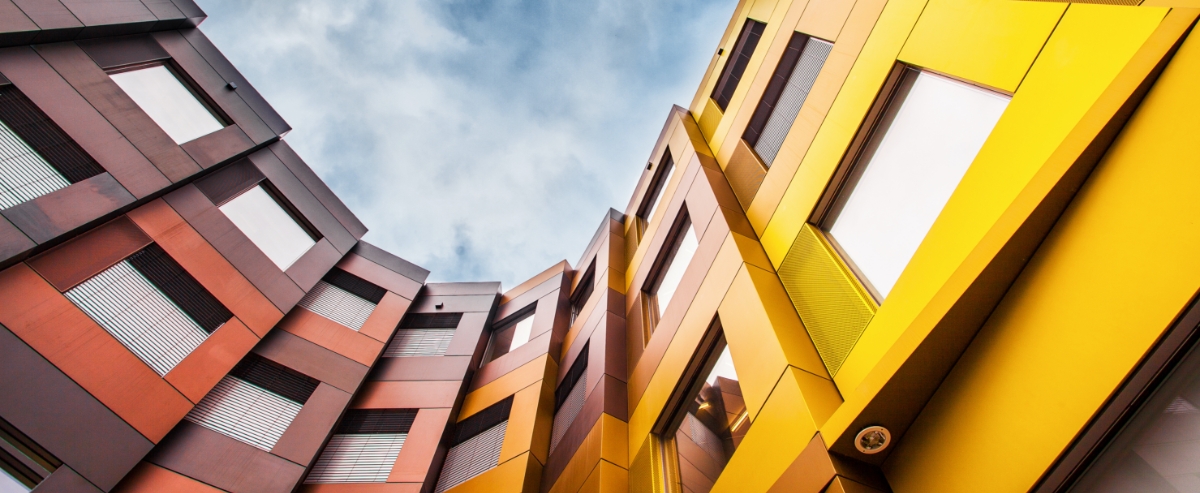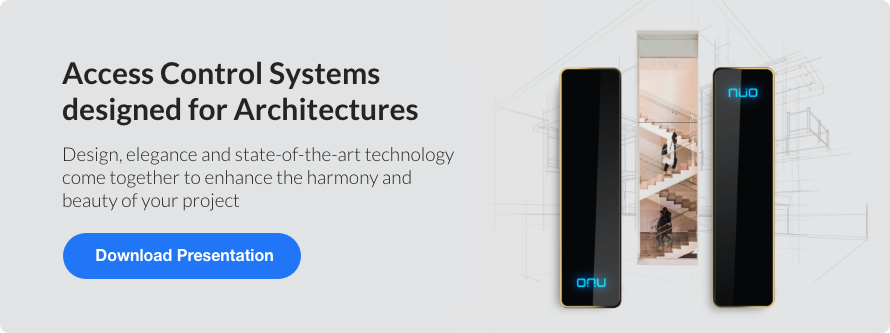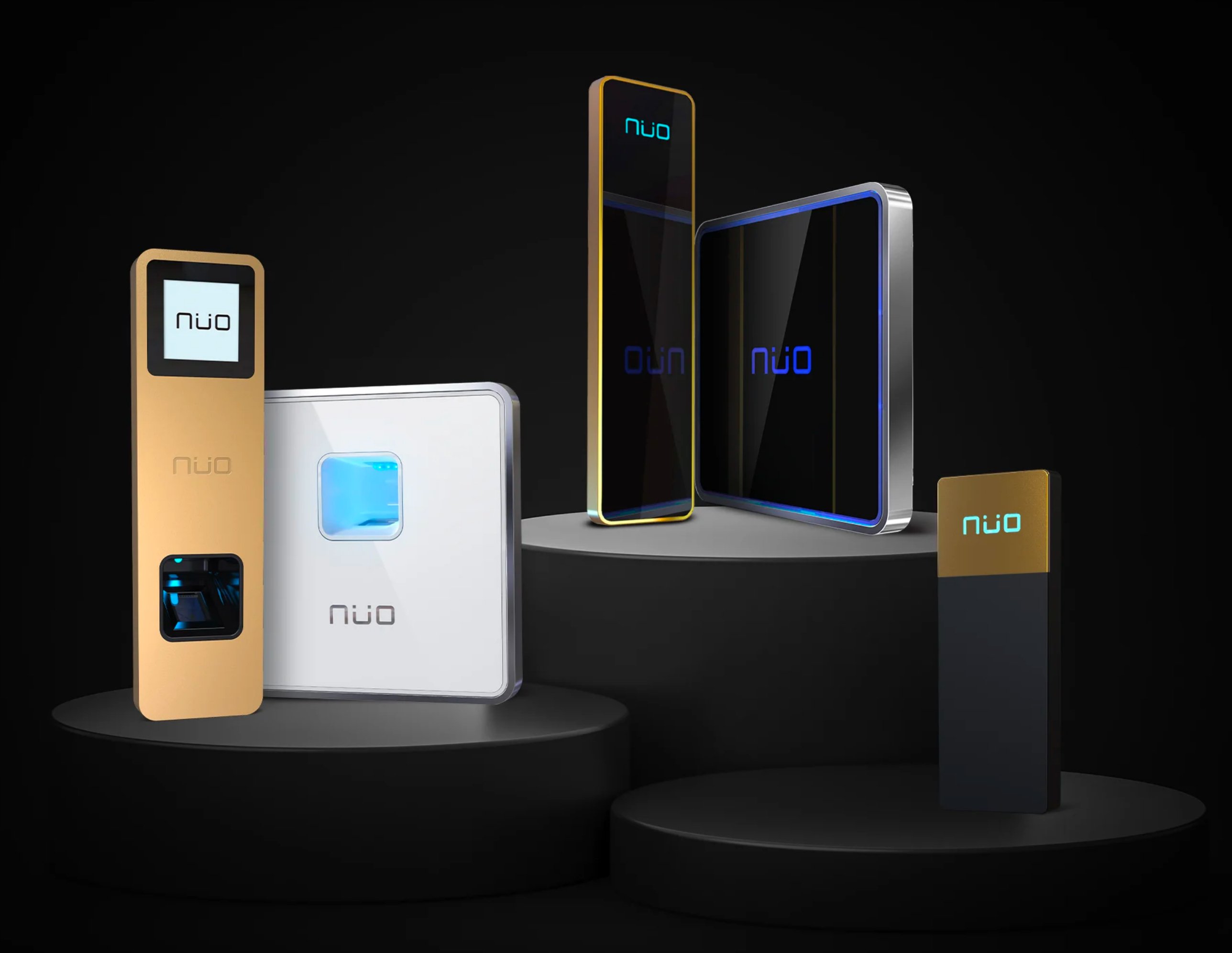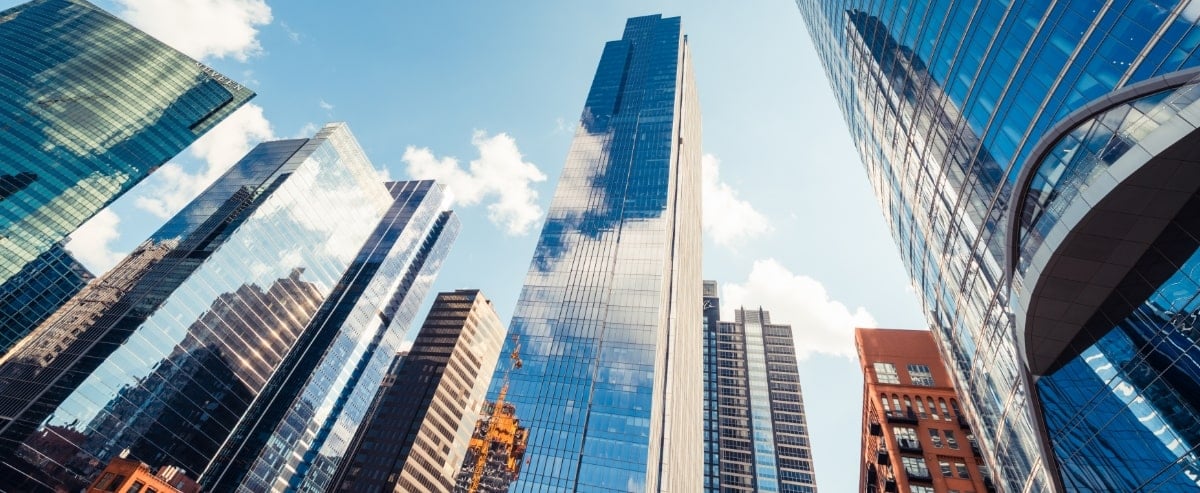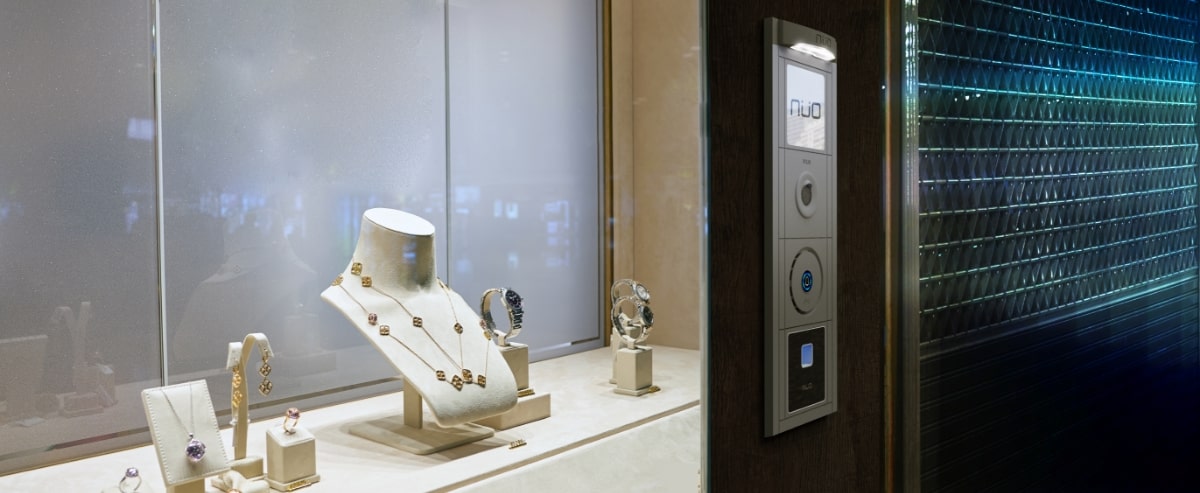Just like in many market sectors, the technology used in the architecture sector has also evolved, allowing projects to be created that are better suited to current times and the demands and needs of consumers, achieving more energy efficient buildings and creating innovative projects that are much more sustainable and environmentally friendly, among other aspects.
The evolution of technology in architecture has been beneficial in terms of achieving safer and more self-sufficient spaces, improving the lives of people, both architects and the end customers, while providing them with benefits such as comfort and well-being.
Next, we are going to show you some of these new technologies that can be applied in the field of architecture.
New technologies that help the architecture sector to evolve
New technologies in architecture encompass all digital systems that allow advances to be made in structural design and construction, all aimed at improving the experience for end users.
So technological architecture design can improve:
- The safety and durability of buildings
- Accelerate the design and construction process, helping to visualize projects and coordinate teams, among other actions
- Lead to energy efficient projects, while keeping in mind the environmental impact of the construction at a global level. According to the latest data from the IEA, the construction sector is responsible for 36% of total global energy consumption and 39% of CO2 emissions linked to processes.
Smart buildings
When we talk about smart buildings, we are referring to all those buildings that use technology to improve people's quality of life, such as the integration of climate control systems or the installation of access control systems to guarantee the safety of the building by restricting the entry of unauthorised third parties.
The implementation of these systems helps to achieve more efficient, safe and comfortable buildings, something that is essential not only in homes, but also in offices, industrial or public buildings, among others

3D printing for architecture projects
This technology allows us to create objects and elements for models in different sectors. Currently, in the architecture sector, 3D printing is ideal for those projects that don't require moulds and that combine different materials to complete different parts of a structure, since they allow the resulting material to be layered until achieving the final structure.
Some important developments in this increasingly accessible and democratized area include:
- The current ability to print with various materials, such as steel, glass, concrete and natural materials like dirt.
- The “contour crafting” method automates processes and seeks to finish constructions in increasingly shorter periods of time (up to 24 hours) with significant energy savings.
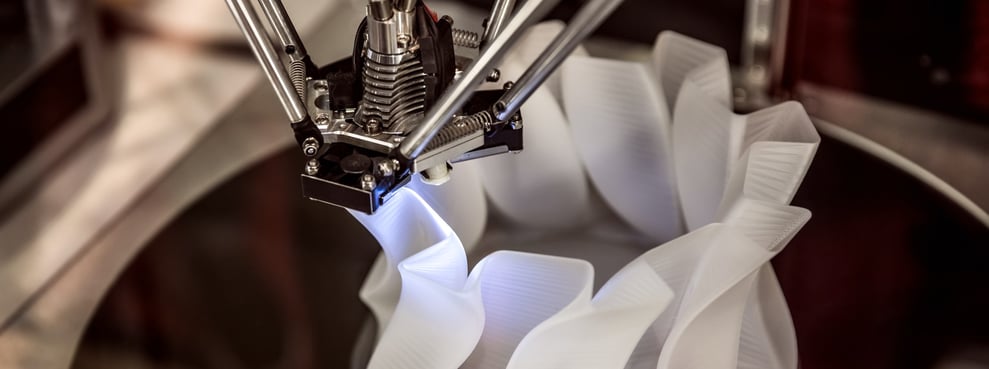
Use of drones in construction
Drones have proved to be ideal for use in construction when it comes to recreating a terrain with 3D infographics, getting images to supervise how the construction is progressing and evolving, or even seeing how the building looks from different perspectives, reaching places that, depending on the layout of the building, are not visible to the human eye.
In the future, the hope is that these new architectural technologies could help with more than just design and also play an essential role in the construction process itself, replacing human actions to a certain extent.

Application of robotics in architecture
Robots are currently being used to mechanise dangerous tasks or those that are too heavy and impossible for builders to perform, such as: demolition, placement of materials, projection of insulation material, cleaning... A great way of streamlining processes and optimizing times.
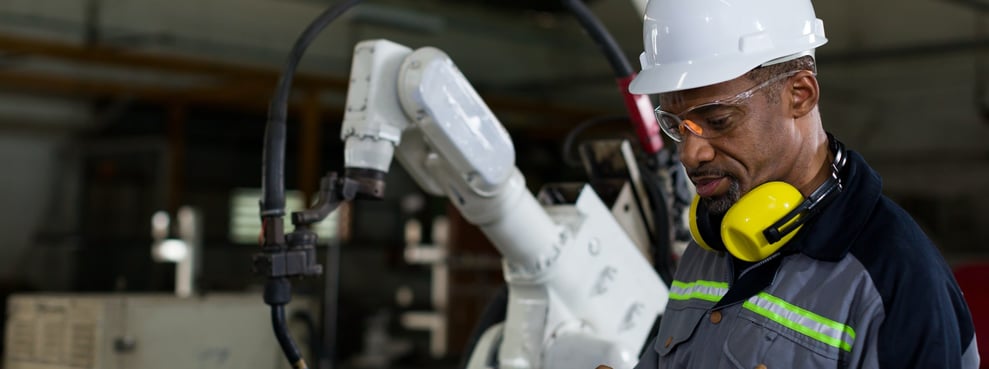
BIM (Building Information Modeling)
The use of virtual reality in architecture allows to visualize a project in 3D format, so that the user can interact with it and get an exact idea of how the final result will be.
This technological architecture design allows the generation of virtual tours in which, in addition, parameters such as colors, textures and any other element can be edited to modify the project according to the client's taste.
Some real estate agencies are using this architectural technology to visit buildings without having to move from home.
Beyond visualization, the true revolution of this sophisticated technology in architecture consists of being able to more precisely limit the duration and cost of projects, since it includes not only 2D and 3D information, but also variables such as 4D (time) and 5D (costs).
Sustainable architecture
The demand for sustainable buildings, in other words, those that are environmentally friendly and that are completely integrated into their surroundings, continues to increase. That's why bioclimatic simulation and design technologies have appeared, such as sensors and smart materials, which allow us to know how efficient and sustainable a construction really is.
Supported by public financing policies that promote sustainable architecture projects, new sustainable architecture technologies promote:
- Optimised use of resources and materials
- Designing more efficient structures in terms of energy consumption
- Usage of renewable energies
- Minimizing construction waste and emissions
- Creating more durable constructions with lower maintenance needs, which result in a lower environmental impact
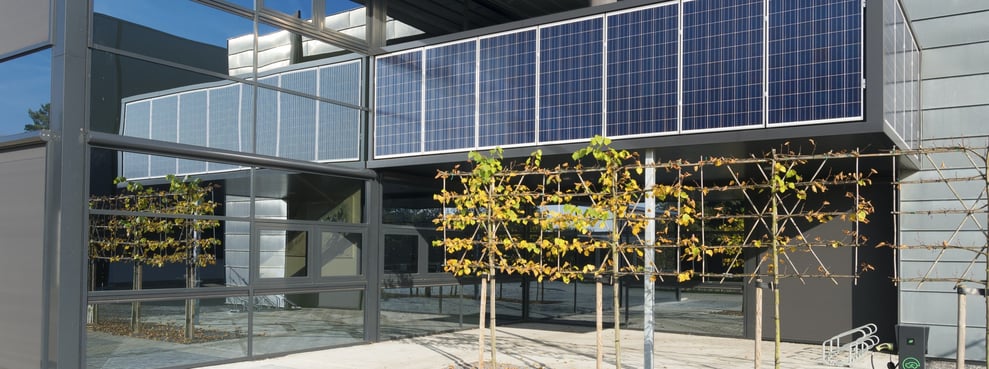
Use of Virtual Reality
The use of virtual reality in architecture allows a project to be viewed in 3D format, so that the user can interact with it and get an exact idea of how the final result will turn out and what a space will look like. Furthermore, during this "virtual tour", so to speak, you can change the colours, textures and any other element, to gradually modify the project according to the client's taste. In addition, some real estate agencies are using this system to visit buildings without the client having to leave their home.

As you can see, the application of these technologies in the architecture sector allows the user experience to be improved, while also optimising times, streamlining processes, facilitating the work of builders and improving the overall quality of life of the end customer.
Access control
The new architecture technologies are also aimed at facilitating creation of comprehensive and turnkey projects that maintain aesthetic and functional coherence.
Advances in access control systems already aim to merge with design and aesthetics in the most demanding projects, while guaranteeing construction safety and facilitating intuitive and frictionless use.
Among the new technological architectures in this area, the latest reader technology is notable: the NÜO Fly intelligent contactless fingerprint reader won the Red Dot design award, which is one of the most recognized worldwide.
Therefore, comprehensive architecture design increasingly includes access control systems, guaranteeing aesthetic harmony along with safe buildings. Advances in these architectural technologies are even making it possible to harmoniously incorporate them into the most aesthetically challenging projects, such as access control in historic buildings.
At NÜO Planet, we work together with architecture studios to integrate control systems into each project design.
Do you want to know more about new security-oriented access control technologies for architecture? Download our free guide on Security Trends in Access Control, download our access control solutions catalogue or ask us for a free demo to see how our systems can be integrated into your project.
Escrito por: NÜO Planet
Categorías: Technology, Access Control, Architectures
